Mr. Brown's Class Activities
Mr. Brown’s Class Coloring Pages (Coming Soon)
Color your favorite characters! Just click to print.
The learning never stops in Mr. Brown’s Class! Keep the fun going with the activities below.
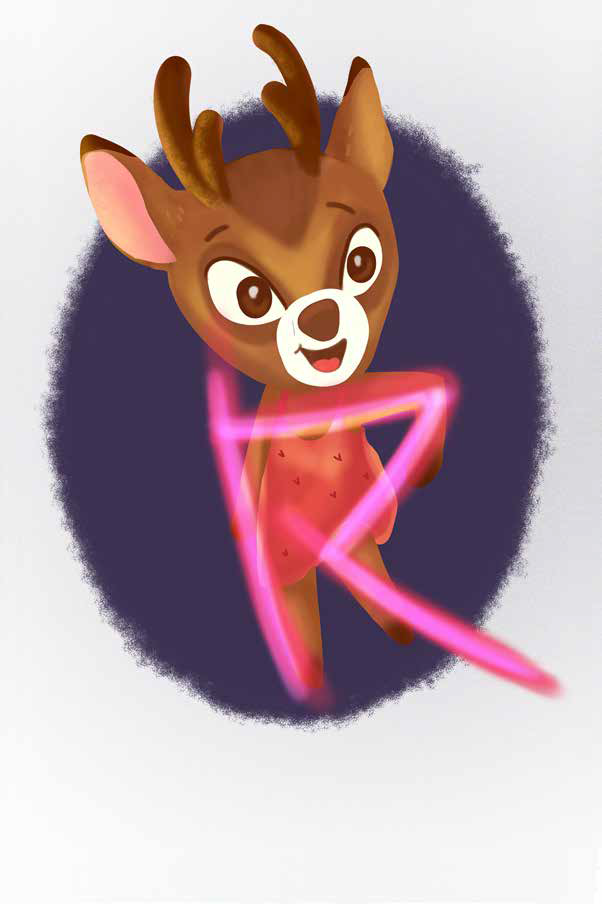
Dancing Speller
Make spelling fun and kinesthetic with the activity below.
Be a dancing speller with Marcy! Each direction below instructs your learner on how to make an upper-case letter with their body. Read each set of directions out loud to your learner. Can they guess which word they spelled?
✽Letter 1: Stand tall. Extend your right leg out. Touch your right hand to your right hip.
✽Letter 2: Sit on the floor with your legs in front of you. Press one elbow into your belly and hold your forearm (from elbow to wrist) parallel to your legs. Reach your other elbow over your head and hold your top forearm parallel to your legs.
✽Letter 3: Touch your toes. Then, walk your hands away from your feet as if you are doing downward-facing dog. Reach one hand to touch your knees.
✽Letter 4: Kneel.Touch your fingers together like you are hugging a big beach ball.Then, swivel your arms so one elbow is closer to your belly and the opposite elbow is closer to your head.
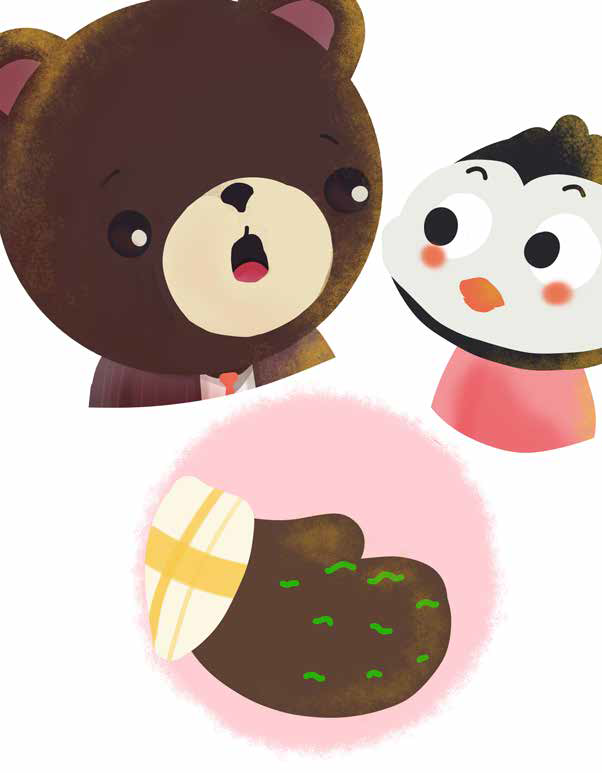
Achoo!
Teach your learner the importance of masking up with this fun experiment.
There are many ways to stop the spread of germs. We wash our hands, sneeze into our elbows, and also mask up! But how do masks help? Try this activity below.
✽Fill a spray bottle with water. Add green food dye. This is your bottle of ‘germs’!
✽Find a clean surface, like a countertop. Spray the surface with your bottle. Achoo! Look at those germs!
✽Wipe your surface clean.
✽Now, cover your spray bottle with a mask. Spray your bottle again. Achoo! Where are the germs?
When we wear a mask, we can prevent germs from spreading!
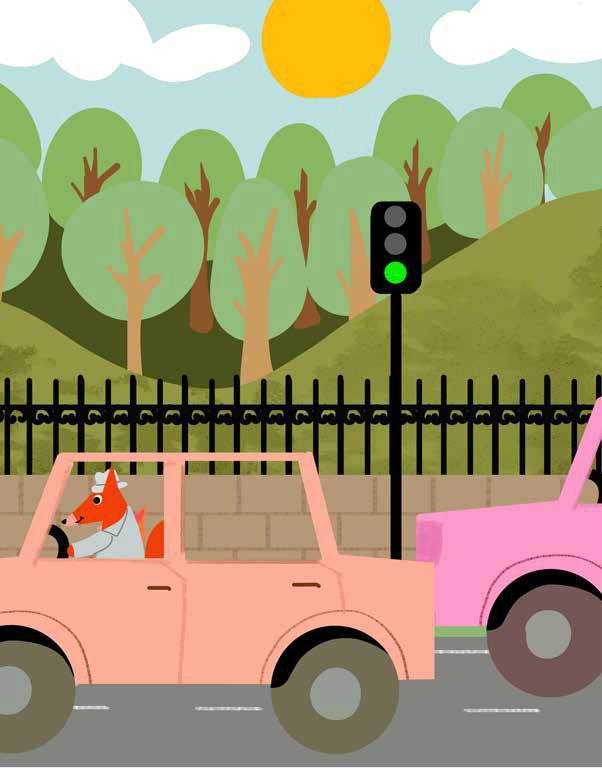
Green Means Go
Encourage your learner to think about traffic safety through these fun facts.
The first traffic light was invented in 1868.It was a lantern that a policeman turned on and off.Then, in 1912, a police officer created a traffic light with green and red light bulbs. Finally, in the 1920s, a police officer added a yellow light bulb!
Answer:
✽Why did a police officer invent the traffic light?
✽When were cars invented? If you don’t know, ask an adult!
✽What did people drive before cars? Do you think traffic lights were important before cars?
✽Why do you think adding the yellow light bulb was important?
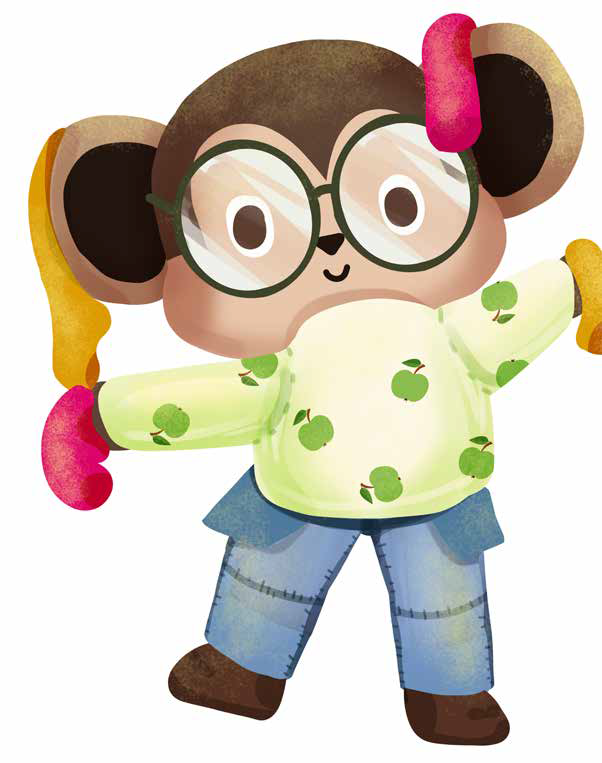
Manny’s Backward Day
Help your learner stay curious about routines and norms through experimenting.
In Manny’s Backward Day, Manny celebrates by wearing his clothes backward. There are many ways to ‘be backward’! Try some of these silly backward ideas at home:
✽Read a book backward.
✽Eat breakfast for dinner.
✽Tuck your parent or guardian into bed.
✽Write a sentence backward.
✽Say ‘goodbye’ when you greet a friend.
Ask your learner which was their favorite.
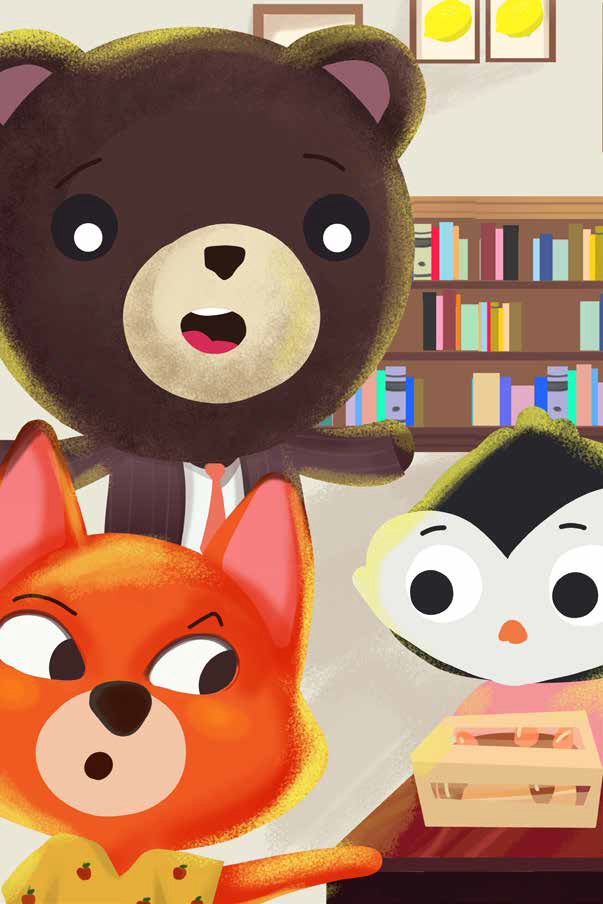
Percy’s Birthday
Help your child establish boundaries when it comes to sharing.
In Percy’s Birthday, Mr. Brown tells Percy that sharing is his choice. Often, sharing is difficult for young children, but knowing it is a choice helps them feel safer and more in control. Encourage your learner to think about boundaries through these leading questions:
✽Do you have any special belongings that you don’t wish to share?
✽If you do, where do you think we can put this belonging so it’s safe?
✽Do you have any special belongings that you would like to share?
✽If you do, what are some rules you might have about this belonging?
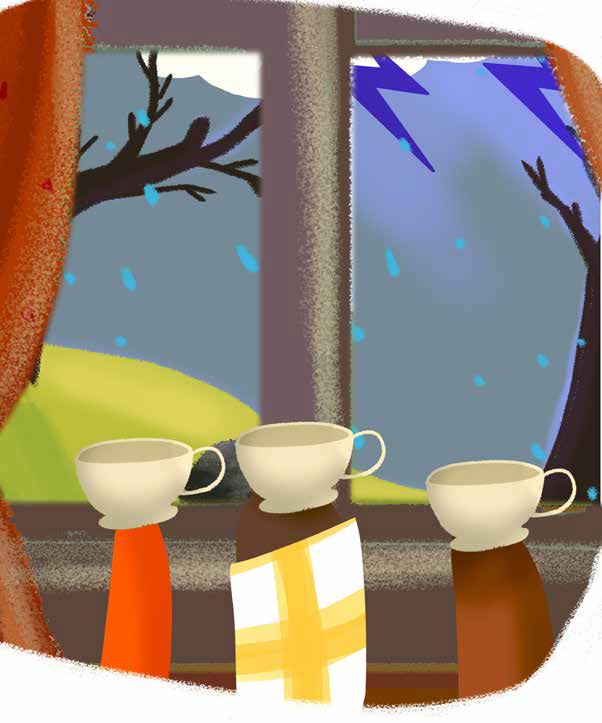
Marcy’s Castle
Make staying indoors fun with an indoor picnic.
It’s a rainy day! Luckily, there are many ways to have fun inside. One way is to have an indoor picnic. Follow the directions below.
✽Place a sheet or blanket on the floor.
✽Grab a small battery-powered light or LED candle if available.
✽ ‘Pack’ your picnic in a basket or lunchbox. Remember to include plates, cups, and silverware.
✽Set your battery-powered light or LED candle in the center of your blanket.
✽Switch the lights off.
✽Unpack your picnic and enjoy!
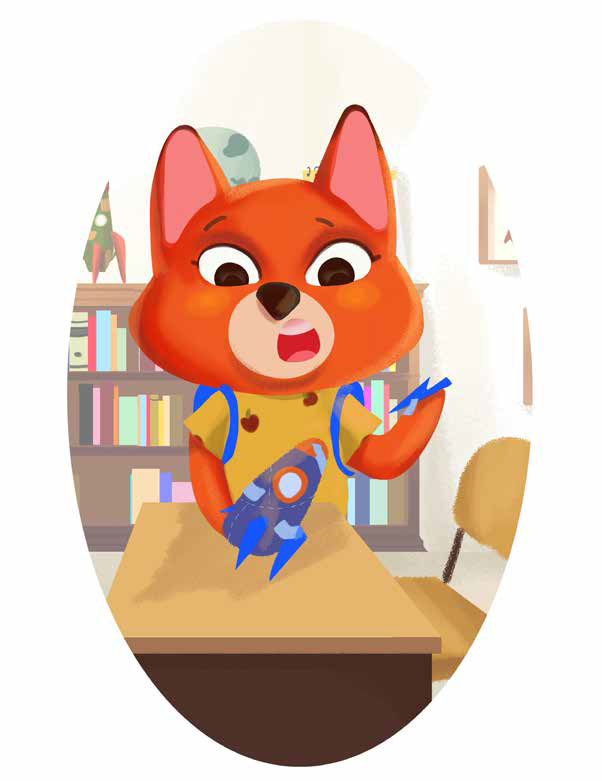
Jen’s Lie
Talk through action and consequence.
Ask your learners the following questions to encourage accountability and honesty.
✽What is the difference between ‘on purpose’ and ‘on accident’?
✽Imagine if a student broke a cup on purpose. Should they get in trouble? Why?
✽Imagine if a student broke a cup on accident. Should they get in trouble? Why?
✽Have you ever felt scared to tell the truth? Why?

Your Friend, Matt
Help your students think about different ways to communicate.
There are many different ways to communicate! Sometimes, we like to talk. Sometimes, we might not feel like talking. Let’s try different ways of sharing how we feel. Ask your learners to do the following:
✽Draw a picture of what makes you feel happy.
✽Act out what makes you feel happy.
✽Hum or sing a tune that makes you feel happy.
✽Write a sentence or word that makes you feel happy.
Which way of communicating was your learner’s favorite?
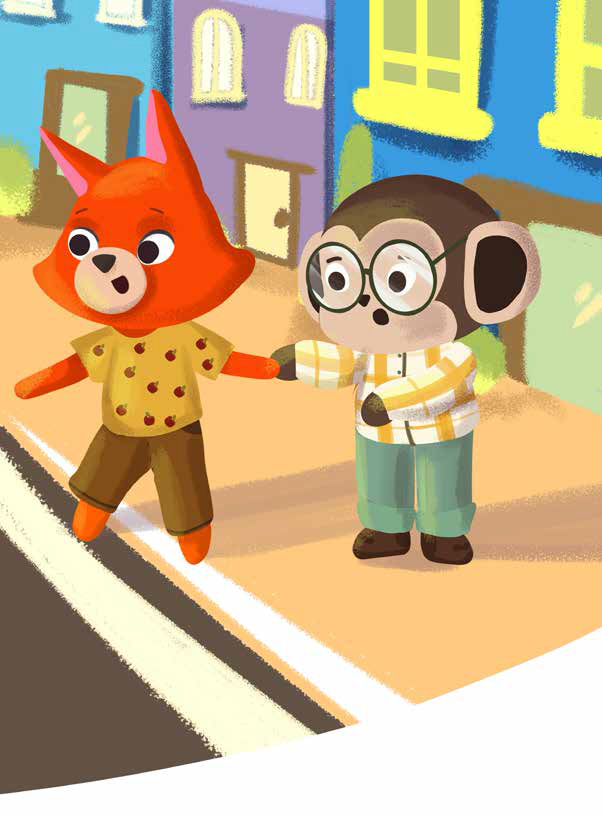
Stay Safe
Facilitate a conversation about safety with your learners through the following questions.
✽How do we stay safe in the car?
✽How do we stay safe when walking outside?
✽How do we stay safe at the playground?
✽How do we stay safe in the hallway?
✽How do we stay safe in the classroom?
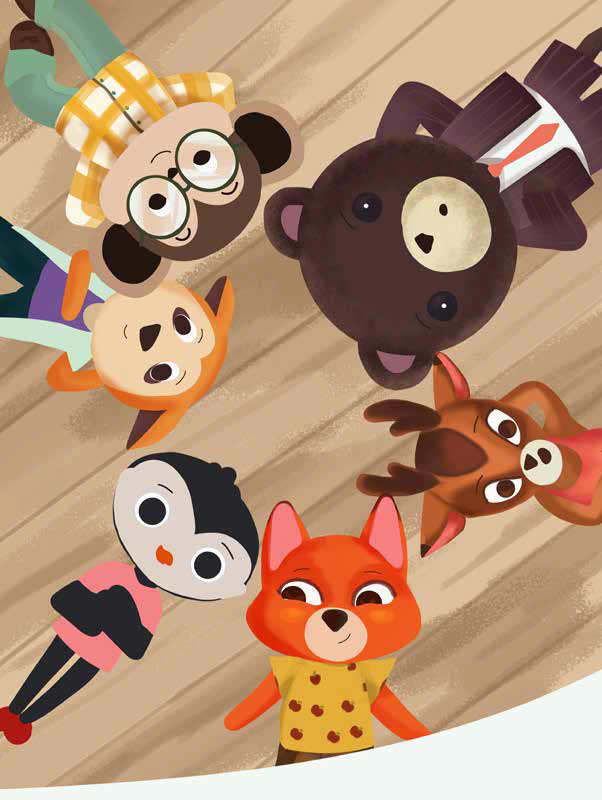
Deep Breaths
Encourage emotional regulation through these calming techniques for kids.
✽Breathe in through your nose like you’re sniffing a flower. Breathe out through your mouth with an “Aah.” Do this at least ten times.
✽Take a deep breath in through the nose. Then, exhale through the nose rapidly twenty times. Take a slow deep breath in and out. Then, repeat.
✽Wrap your arms around your body to give yourself a hug. What do you love about yourself?
Optional: You can ask children to raise their hands to answer.
